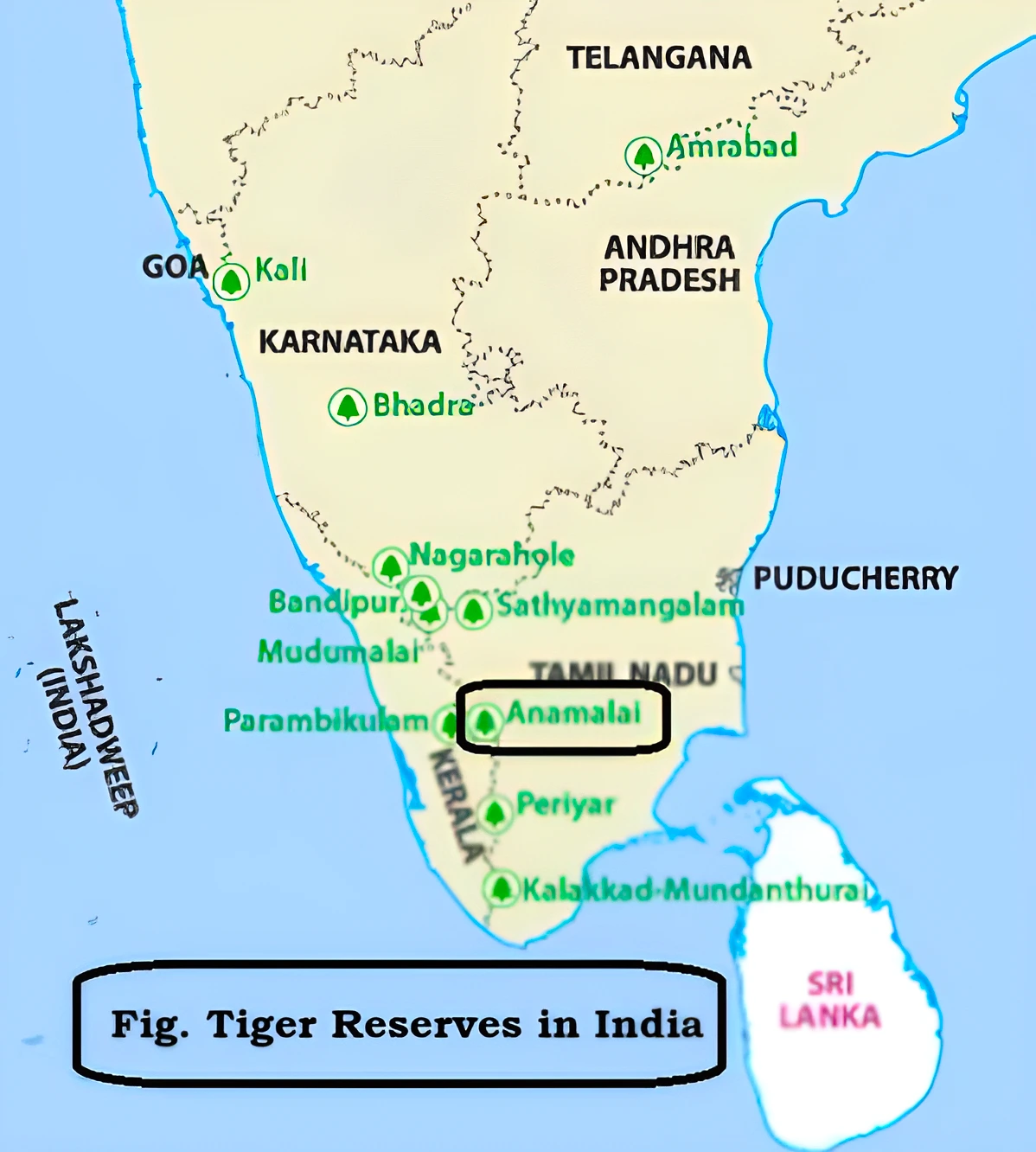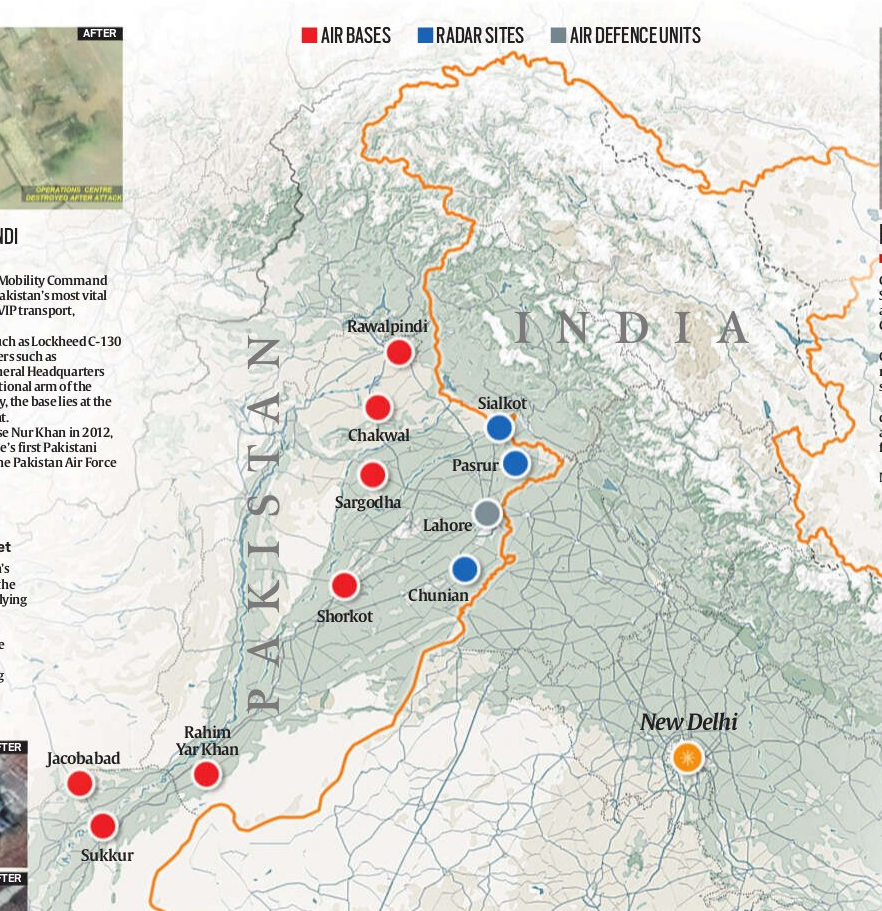Polity
Right to know: On the Wikimedia case, key rights - The Hindu
The Supreme Court of India order on recently setting aside the Delhi High Court order directing the Wikimedia Foundation to take down a page on its Wikipedia Internet encyclopaedia, is notable for several reasons. It held that the right to know is a basic right under Articles 19(1)(a) and 21, casting the case against the Foundation in a light that may have eluded the High Court.
Significance of the “Right to Know”
- Empowers citizens to:
- Engage in democratic discourse,
- Ensure access to justice,
- Hold authorities accountable.
- Article 19(1)(a): Freedom of Speech and Expression includes the right to access:
- Information on government functioning,
- Public decision-making processes,
- Judicial proceedings.
- Article 21: Right to Life and Personal Liberty implies the Right to Know as integral to:
- Accessing justice,
- Participating in governance,
- Making informed decisions with dignity.
- Cited in Menaka Gandhi v. Union of India (1978): Expands Article 21 to encompass:
- Dignified life,
- Livelihood,
- Privacy,
- Shelter,
- Clean environment,
- Information rights including the Right to Know.
World Affairs
Why US & China have agreed to temporarily slash tariffs - Indian Express
The United States and China recently announced a 90-day pause in their trade war, suspending the high tariffs and non-tariff barriers that the two countries had put in place after April 2.

Tariffs Imposed Before the Truce
- Initial Tariffs: US began imposing tariffs on China from February 1, citing fentanyl exports as a key reason.
- Escalation: By April 10, US tariffs reached 145%, and China imposed 125% tariffs in retaliation.
- Non-Tariff Measures: China also restricted exports of rare earth minerals and targeted US firms.
Current Situation After Truce
- Tariff Reduction: Both countries have reduced base tariffs to 10%.
- Fentanyl Penalty: US continues to levy an additional 20% tariff due to fentanyl-related concerns.
- China's Action: Suspended earlier non-tariff barriers.
Reason Behind Imposition of Tariffs
- US Trade Deficit: Cited a $1.2 trillion goods trade deficit as justification.
- Protectionism Argument: Claimed foreign subsidies and closed markets harm US businesses.
- Policy Shift: Emphasized tariffs as a practical step after failed diplomacy.
Why the Truce Happened
- Economic Consequences: US economy contracted in Q1 2025; rising import costs led to inflationary pressure.
- Recession Risk: Economists predicted imminent recession and potential stagflation.
- Consumer Impact: Tariffs made goods expensive, risking shortages in major retailers.
Outcome of the Tariff War
- No Clear Winner: Tariff wars hurt both economies.
- China's Advantage:
- Despite a 21% fall in US-bound exports, overall exports grew 8%.
- Trade surplus rose by $96 billion.
- GDP grew by 5.4% in the same period US contracted.
- Tariff Parity: China now faces the same tariff rate (10%) as US allies like UK and Australia.
- Fentanyl Tariffs: Likely to be removed due to improved engagement.
Future Outlook
- Market Response: Positive reaction — stock markets rose, oil prices climbed, safe-haven assets fell.
- Uncertain Road Ahead: This is a truce, not a finalized deal; tough negotiations expected in upcoming talks.
Economy
How is shipping industry tackling emissions? - The Hindu
After a decade of deliberations towards decarbonising the maritime industry, at its 83rd session, the Marine Environment Protection Committee (MEPC-83) of the International Maritime Organization (IMO) was faced with the challenge of coming to a consensus on a proposed emissions levy on global shipping. The session’s objective was to adopt a Market-Based Measure (MBM) that balanced environmental effectiveness with economic fairness.
Proposals for Maritime Emissions Regulation
- International Chamber of Shipping: Fixed levy per tonne of CO₂.
- China: Market-based compliance trading and green fuel investment.
- EU: Fixed GHG levy via IMO fund.
- India: 'Bridging mechanism' penalizing under-compliance and rewarding ZNZ fuel use.
- Singapore: Hybrid model with GHG Fuel Standard (GFS) and tiered credit/remedial system.
IMO's Decision and Adoption Process
- MEPC-83 Outcome: Singapore’s model based on India’s proposal adopted as IMO’s Net Zero Framework.
- Next Steps: Requires Annex VI amendment of MARPOL; six-month circulation and two-thirds majority approval.
- Implementation Challenge: Final outcome depends on voting and global tonnage-based objections.
National Positions and Interests
- Oil Exporters (e.g., Saudi Arabia): Opposed transition to green fuels.
- SIDS and LDCs: Favoured high carbon levies for green development funding.
- China & Large Shippers: Sought low levies, focused on fuel innovation.
- Scandinavian Nations: Wanted recognition for early decarbonisation.
- Traditional Maritime Nations (e.g., Greece): Questioned green levy feasibility.
Importance of Green Shipping
- Emission Footprint: Shipping emits 1 billion tonnes CO₂ annually (2.8% of global emissions).
- Future Risk: Emissions may rise by 50–250% by 2050 without action.
- IMO Measures:
- Adopted GHG reduction targets (40% by 2030, 70% by 2040).
- Technical/operational tools like Energy Efficiency Design Index, SEEMP, fuel use monitoring.
Equity Concerns
- CBDR-RC Principle Eroding: Developed nations shifting burden onto developing economies.
- IMO Trend: Departure from traditional equity-based climate commitments.
India’s Gains from MBM Framework
- Economic Impact:
- Modest near-term shipping cost rise (≈5–8%).
- Coastal fleet unaffected; MBM applies to international shipping only.
- Projected fuel cost rise of $108 million by 2030 manageable.
- Strategic Opportunity:
- India investing in green hydrogen; ports preparing for hydrogen bunkering.
- Compliance with IMO’s green fuel standards opens global export avenues.
Way Forward
- Global Precedent: IMO's MBM could make shipping the first global sector under binding climate goals.
- Transformative Potential: Despite hurdles, success may catalyse broader climate compliance across sectors.
Why digital banking units are so few - The Hindu
Marking India’s 75th year of independence, Prime Minister Narendra Modi, Finance Minister Nirmala Sitharaman and former Reserve Bank of India (RBI) governor Shaktikanta Das had inaugurated, with much fanfare, 75 digital banking units (DBUs), across 75 remote districts, in October 2022.
Digital banking units (DBUs)
- Definition: Fixed-location digital banking hubs set up by commercial banks (excluding RRBs, payment banks, and local area banks).
- Aim: Deliver digital banking services in self-service and assisted modes.
- Objective: Ensure year-round, secure, paperless, and cost-effective banking access.
- Eligibility and Setup:
- Only banks with digital banking experience can establish DBUs in Tier 1–6 centres.
- No prior RBI approval required unless restricted.
- RBI-Mandated Services
- Liability Products: Savings, current, fixed, and recurring deposit accounts.
- Customer Services: Digital kits for net/mobile banking, debit/credit cards.
- Merchant Services: UPI QR, PoS devices, BHIM Aadhaar kits.
- Loan Services: Digital onboarding for retail, MSME, and schematic loans.
- Government Schemes: Access through national portals.
- Benefits:
- Promotes digital inclusion in underserved areas.
- Reduces reliance on physical branches.
- Provides self-service with assistance for less tech-savvy users.
- Enhances convenience and efficiency in banking.
- Challenges:
- Limited expansion after launch.
- Rushed implementation with 45-day setup period.
- Top-down location directives didn’t align with ground realities.
- Trust deficit in Tier-III and rural regions hinders adoption.
- RBI Guidelines for DBUs:
- Must be separate from existing branches with unique entry/exit.
- Equipped with smart digital infrastructure.
- Must align with the bank’s broader digital strategy and be led by senior executives.
- Operational Barriers:
- High setup and maintenance costs.
- Business returns uncertain in low-trust, rural locations.
Environment
Indian grey wolf - The Hindu
The Kadbanwadi grassland of the Deccan plateau wear a different colour depending on the season. The Indian grey wolf is considered the guardian of the grassland. As an apex predator, it indicates the health of the ecosystem, regulating the numbers of smaller predators and herbivores.
Indian Grey Wolf
- Scientific Identity: Subspecies of Grey Wolf found in Indian subcontinent and Southwest Asia.
- Habitat: Scrublands, semi-arid grasslands, and agro-pastoral ecosystems.

- Behavior: Nocturnal, hunts in small packs, less vocal than other wolves.
- Appearance: Medium-sized; lacks thick winter coat due to warmer habitat.
- Distribution: From Israel (West Asia) to India.
- IUCN Red List: Least Concern globally; locally endangered in India.
- CITES: Appendix I – species threatened with extinction.
- Wildlife Protection Act, 1972: Schedule I – highest protection status.
Human-Wildlife Interface and Conservation Challenges
- Forest Management:
- Maharashtra Forest Rules, 2014: Allow removal of stray dogs threatening wildlife.
- Practical issues: Forest officials avoid culling due to animal rights concerns; vaccination is preferred but difficult to implement.
- Emerging Threats:
- Zoonotic risks: Canine distemper virus.
- Genetic dilution: Risk of hybridisation with domestic dogs.
Kadbanwadi Grassland (Maharashtra)
- Location: Indapur tehsil, Pune; spans over 2,000 hectares.
- Biodiversity: Habitat for Indian grey wolf, Bengal fox, striped hyena, Brahminy kite.
- Community Interaction: Shepherds maintain traditional coexistence with wolves.
Pre-monsoon population estimation kicks off in Anamalai Tiger Reserve - The Hindu
The pre-monsoon (summer) estimation of tigers and other animals started in Pollachi and Tiruppur divisions of the Anamalai Tiger Reserve (ATR) recently.
Anamalai Tiger Reserve
- Location: Anamalai Hills, Pollachi and Coimbatore districts, Tamil Nadu.
- Altitude: 1400 m; part of the southern Western Ghats.
- Total area: 1,479.87 sq. km, with 958.59 sq. km core zone.
- Bordered by:
- Parambikulam Tiger Reserve (East)

-
- Chinnar WLS and Eravikulam NP (Southwest)
- Kerala Reserved Forests: Nenmara, Vazhachal, Malayattur, Marayur
- UNESCO World Heritage Sites: Kariyan Shola, Grass Hills, Manjampatti.
- Inhabited by tribal groups: Kadars, Muduvars, Malasars, Malai Malasars, Eravalars, Pulayars.
Vegetation:
- Wet evergreen and semi-evergreen forests
- Moist and dry deciduous forests
- Includes Shola forests, Montane grasslands, Savannahs, and Marshy grasslands
- Flora: Over 2,500 species of angiosperms; rch in species like Balsam, Crotalaria, Orchids, Kurinji.
- Home to wild relatives of cultivated plants: Mango, Jackfruit, Plantain, Ginger, Turmeric, Pepper, Cardamom
- Fauna: Tiger, Asiatic Elephant, Leopard, Sambar, Spotted Deer, Barking Deer, Jackal, Jungle Cat
Defence
Pak Air Force assets that India hit - Indian Express
Indian missiles and drones inflicted heavy damage on at least eight Pakistan Air Force bases and several radar & air defence units in a withering aerial attack last week. While Pakistani air defences were knocked out, the enemy’s own aerial attacks were unable to breach Indian air defences.
Key Pakistan Air Force (PAF) Bases and Installations

PAF Base Nur Khan, Rawalpindi
- Headquarters of PAF’s Air Mobility Command and PAF College Chaklala.
- Supports strategic operations, VIP transport, logistics, and training.
- Houses C-130s, Il-78 refuellers, Karakoram-8 trainers.
- Located near Pakistan Army HQ and Strategic Plans Division (nuclear command).
- Renamed in 2012 in honour of Air Marshal Nur Khan.
PAF Base Murid, Chakwal
- Main base for Pakistan’s drone fleet.
- Hosts UAVs like Shahpar, Burraq, Wing Loong II, and Bayraktar TB2.
- One of PAF’s key forward operational bases.
PAF Base Sukkur, Sindh
- Doubles as Begum Nusrat Bhutto International Airport.
- Important for northern Sindh; under PAF Southern Air Command.
- Originally built during World War II.
PAF Base Rahim Yar Khan
- Forward base of PAF’s Central Command; shares runway with Sheikh Zayed Intl. Airport.
- Recently struck by Indian forces, damaging runway and halting operations.
PAF Base Mushaf, Sargodha
- Strategic base for top fighter squadrons; HQ of Central Air Command.
- Hosts F-16s, JF-17s, Mirage 5, J-7s.
- Houses Combat Commanders’ School and Airpower Centre of Excellence.
- Renamed in 2003 after ACM Mushaf Ali Mir.
PAF Base Shahbaz, Jacobabad
- Played key NATO role during US War on Terror.
- Hosts JF-17 Block II, F-16 variants, AW139 helicopters.
- Base includes private contractors servicing US-origin aircraft.
PAF Base Rafiqui, Shorkot
- Part of Northern Air Command.
- Hosts JF-17, Mirage 5, and Alouette III helicopters.
- Named after decorated 1965 war pilot Sq Ldr Sarfaraz Rafiqui.
PAF Base Bholari, Jamshoro
- Pakistan’s newest modern operational base (est. 2017).
- Hosts F-16s, JF-17s, Saab 2000 AEWACs (Erieye radar).
- Venue for 2020 Pak-China Exercise Shaheen IX.
Radar Sites and Air Defence Units Targeted
- Radar sites hit: Pasrur (Sialkot), Chunian (Kasur), Lahore (Punjab).
- Air defence units hit: Lahore and Malir Cantt (Karachi).
- All part of Pakistan’s integrated air defence network.